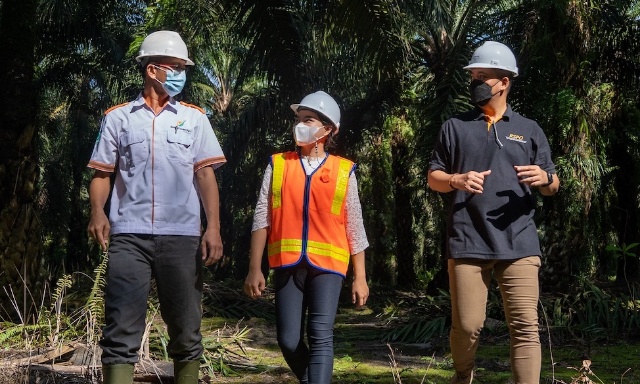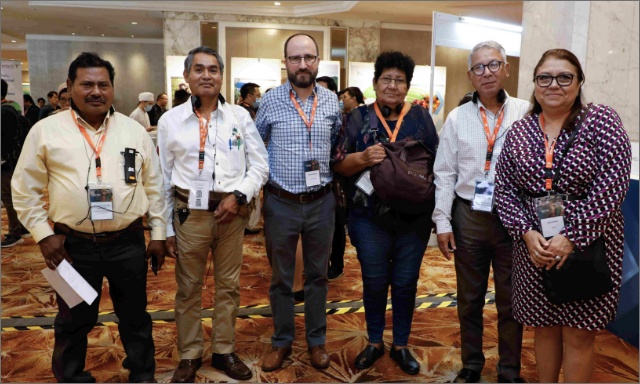RSPO Peat Inventory Template
Following the requirements of RSPO Principles and Criteria (P&C) 2018, Indicator 7.7.1 states that “Areas of peat within the managed areas are inventoried, documented and reported (effective from 15 November 2018) to RSPO Secretariat.”.
The Peatland Working Group 2 (PLWG2) have developed a Peat Inventory Template for RSPO members to document areas of peat (planted, unplanted and rehabilitated) within their managed area. RSPO members are required to complete the inventory and submit the completed documents to the RSPO Secretariat following the reporting requirements.
Peat Inventory Reporting Period
- RSPO members are required to fill in the peat inventory template and submit the completed inventory to the RSPO Secretariat by emailing [email protected]
- Reporting shall be done at least twice (two separate occasions) during the period in which P&C 2018 is in effect:
- First report:
- Within 12 months of adoption of RSPO P&C 2018 (by 15 Nov 2019), or prior to the first RSPO P&C 2018 certification audit, whichever comes first
- Inventory shall reflect the status of planting and conservation on peat as at Nov’18. [The deadline for the first submission has passed.]
- Second report:
- Within 12-months, prior to revision of P&C 2018 (Nov’22 – Nov’23).
- It shall reflect the status of planting and conservation on peat as at Nov’22.
- First report:
Please submit your peat inventory, maps, and shapefiles for the second submission using the following link: https://rspo.org/second-submission-of-rspo-peat-inventory/
The reporting period for the second submission is from 6 November 2022 to 5 November 2023 (twelve months).
-
- Additional report (if applicable):
- To be completed if there are any significant changes affecting the hectarage of a company for oil palm planted on peat
- Examples of significant changes are as below (non-exhaustive):
- Acquisition or divestment of plantations/companies containing OP planted on peat
- Rehabilitation of areas previously planted on peat due to drainability assessment
- New development through RSPO’s New Planting Procedure (NPP), which has large areas (cumulative area >100 ha) of peatlands set aside as conservation
- Additional report (if applicable):
Additional Documentation Requirements
- Additional documents that are required to be included in reports submitted to RSPO Secretariat include:
- Maps of the peat area, minimum specification as below:
- Map scale of 1:50,000
- Minimum resolution of 150 dpi
- Includes orientation of north (and/or south, east and west)
- Map credits to include:
- Source of data (especially on thematic maps)
- Name of cartographer
- Date of the map
- Projection of the map (especially small-scale maps)
- Shapefile of the peat area only:
- Indicates planted
- Conservation (if any)
- Indicative depth (optional)
- Type of peat (optional)
- Maps of the peat area, minimum specification as below:
Note: The maps and shapefiles submitted to the RSPO Secretariat are for internal use only and amalgamation of consolidated peat planting and conservation areas.
RSPO Peat Audit Guidance
Indicators 7.7.6 & 7.7.7 require all existing planting on peat, unplanted and set aside peatlands to be managed and protected, in accordance with the ‘RSPO Manual on Best Management Practices (BMPs) for existing oil palm cultivation on peat’ and the ‘RSPO BMPs for Management and Rehabilitation of Natural Vegetation Associated with Oil Palm Cultivation on Peat’ respectively as well as ‘associated audit guidance’.
The ‘associated audit guidance’ has been prepared by the PLWG based on the realization that not everything included in the BMP manuals is mandatory for all plantations and also the applicability of some of the BMPs outlined in both documents may vary based on site conditions. To address these issues, the PLWG2 have developed an audit guidance in order to highlight the minimum requirements for growers to comply for both indicator 7.7.6 & 7.7.7. This document shall be used by Certification Bodies (CBs) to assess compliance against RSPO P&C 2018 during surveillance/ certification audits, and is also useful for growers to identify gaps within their respective Certification Units.
Note: This guidance will be further refined by the PLWG2 following input by CBs. CBs may provide input to the RSPO Secretariat on the feasibility and/or additional guidance required within 6-months from the date of this announcement by emailing [email protected] .
Keep reading
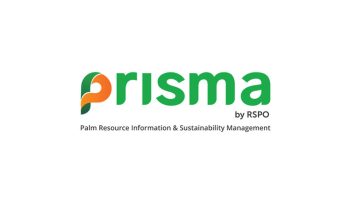
Book Your Slot for the Additional prisma Clinic Session at RT2025
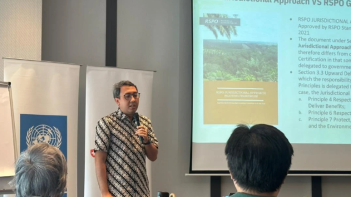
Advancing Jurisdictional Certification in Sabah: Strengthening Collaboration Between RSPO, UNDP, and Jurisdictional Approach System for Palm Oil (JASPO)
Call for Expression of Interest: Independent Investigation of a Complaint

Leading Labels: RSPO Among Top Sustainability Labels in Dutch Market

The 21st International Oil Palm Conference Successfully Took Place in Cartagena, Colombia
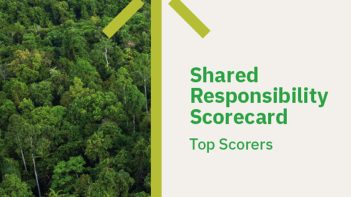
Top Performers of the 2025 Shared Responsibility Scorecard
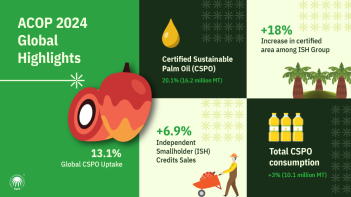
ACOP 2024: RSPO Market Trends Resilient Despite Global Challenges

RSPO: Actions for the Certification of Sustainable Palm Oil Production



